Author: Edvaldo Freitas
-

The challenge of managing multiple projects as a Tech Lead
Your scope as a Tech Lead almost never stays confined to a single, clean workstream. As a product grows, you end up responsible for a new feature initiative, a critical infrastructure migration, and a lingering performance issue, all at the same time. This isn’t a promotion; it’s an expansion of responsibility that quietly creeps in…
-
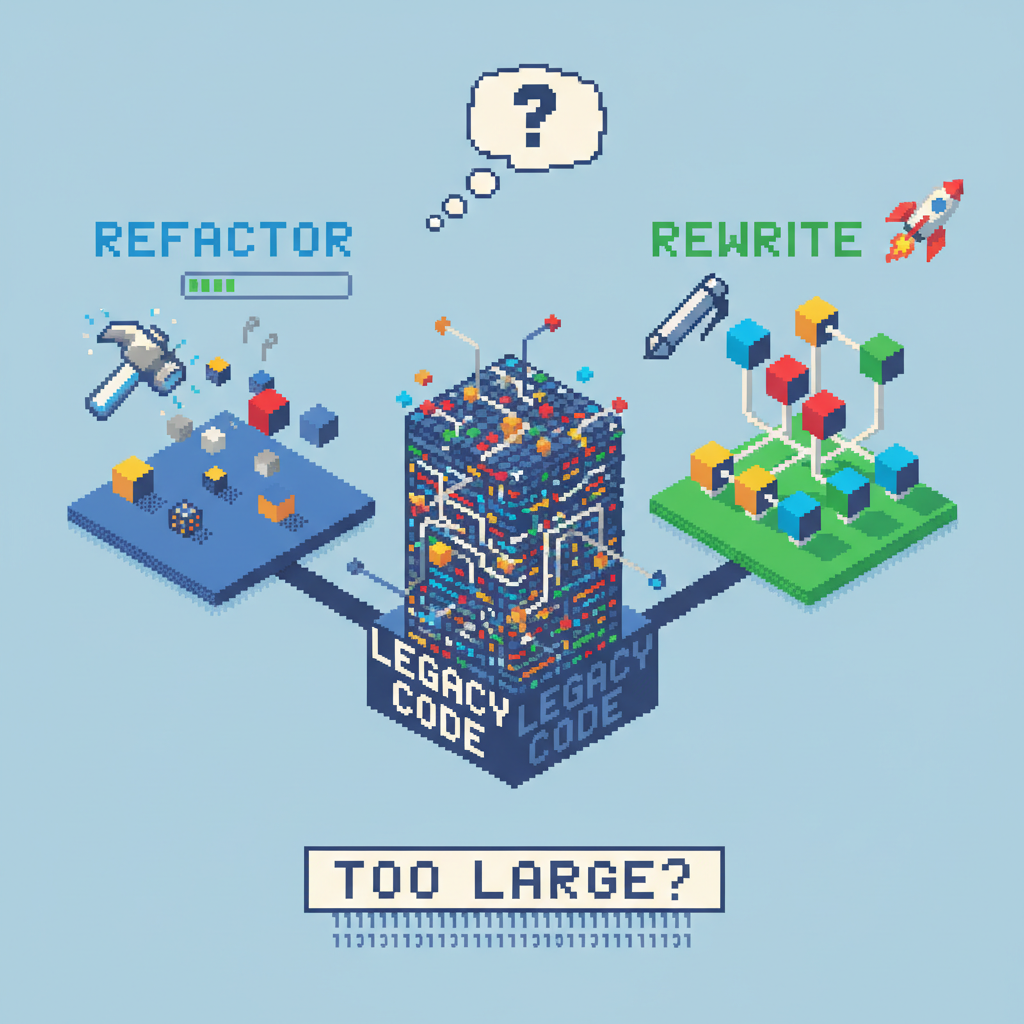
Refactor or Rewrite? Dealing With Code That’s Grown Too Large
The decision to refactor or rewrite a large codebase usually starts with a feeling of friction. Small changes that should take a day suddenly take a week. Every new feature seems to break an old one, and the team’s bug backlog grows faster than it shrinks. This happens because systems don’t just age, they accumulate…
-
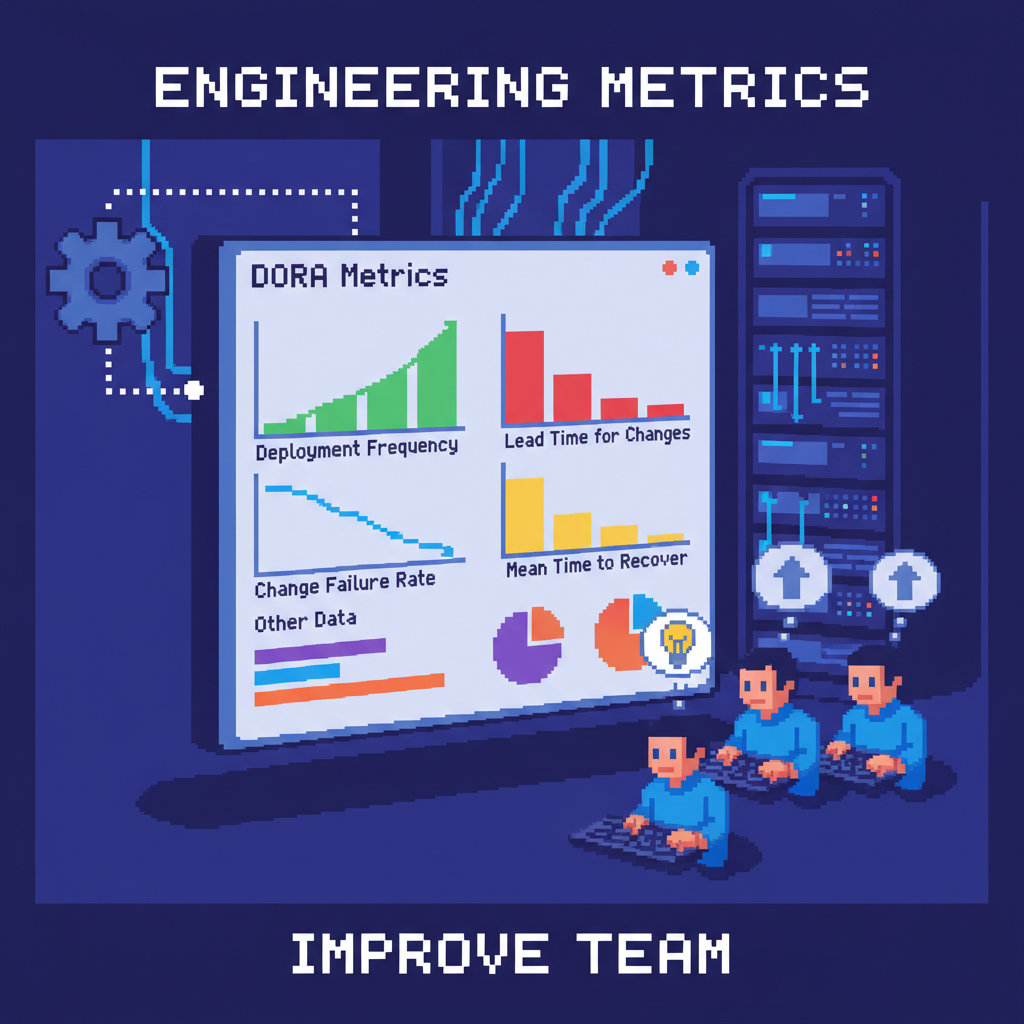
Engineering metrics: using data (DORA and others) to improve the team
The conversation around engineering metrics often gets stuck on the wrong things. We end up tracking activities like lines of code or number of commits per week, which say almost nothing about the health of our system or the effectiveness of the team. In practice, these metrics are easy to game and create incentives for…
-

Tech Lead vs. Engineering Manager: understanding the differences in team roles
What happens in many engineering teams, especially as they grow, is that the line between technical leadership and people management becomes incredibly blurry. The most senior engineer often ends up taking on both roles: being the final word on system architecture while also trying to handle performance reviews and career conversations. This creates a confusing…
-
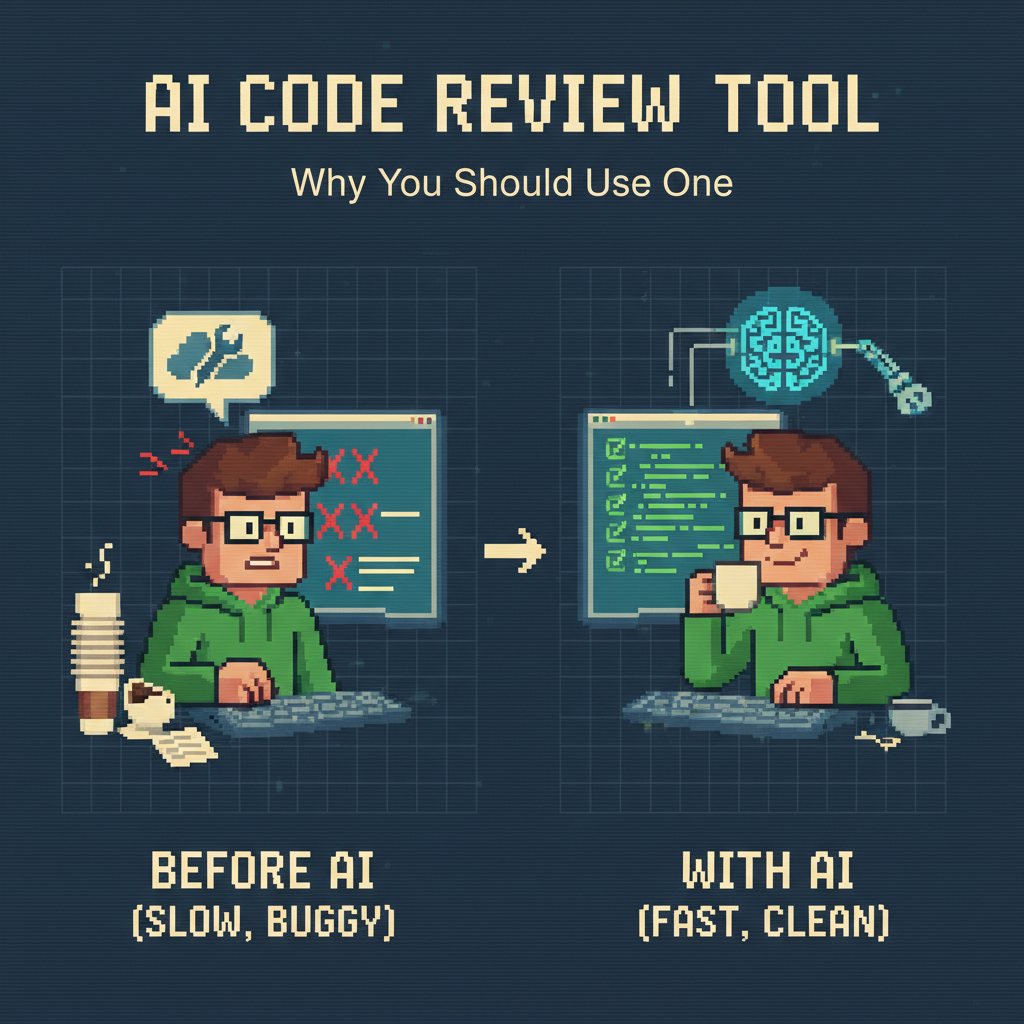
Why you should use an AI Code Review Tool
If you’re on Earth, you know code generation tools are now a standard part of the developer workflow. We’re producing code faster than ever, but this speed is creating a new, obvious bottleneck: the pull request. Reviewing a 500-line PR that was written in an hour by an AI assistant is a fundamentally different task…
-

The importance of soft skills for Tech Lead
The standard career path for an engineer usually leads to the role of tech lead, but this promotion can create problems that often go unnoticed. The skills that made you a great programmer, like focus and delivering features independently, do not translate directly into leading a team. Suddenly, your performance is measured by the team’s…
-
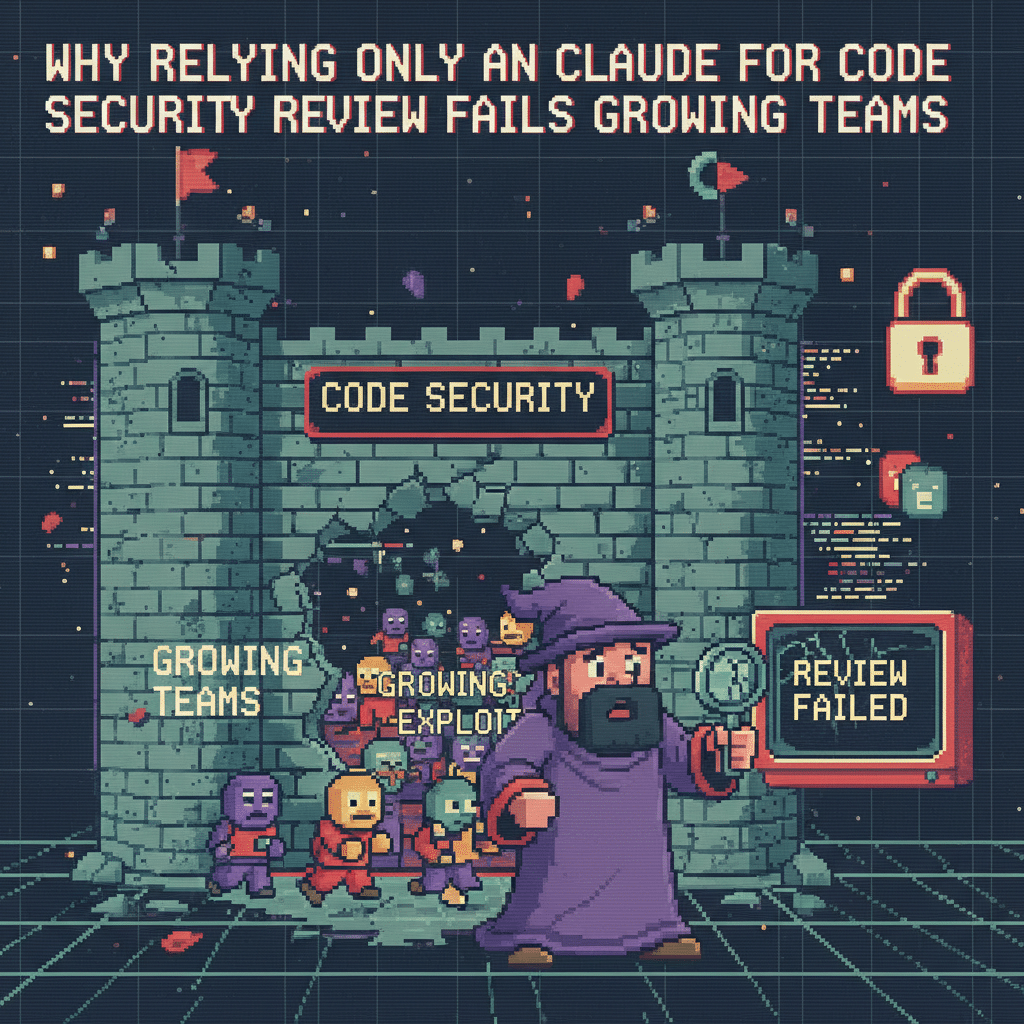
Why Relying Only on Claude for Code Security Review Fails Growing Teams
The first time you see an AI comment on a pull request, the feedback loop stands out. A full review appears in seconds, pointing out potential issues before a human reviewer has even opened the file. The appeal of using a tool like Claude for code security review, a critical part of security in the…
-

Building a strong engineering culture at scale
The moment something starts to slip rarely shows up as a big event. It is usually a pull request that sits for days because no one is sure who should review it. Or the third meeting to decide something simple that, a few months ago, would have been solved with a quick Slack conversation. That…
-
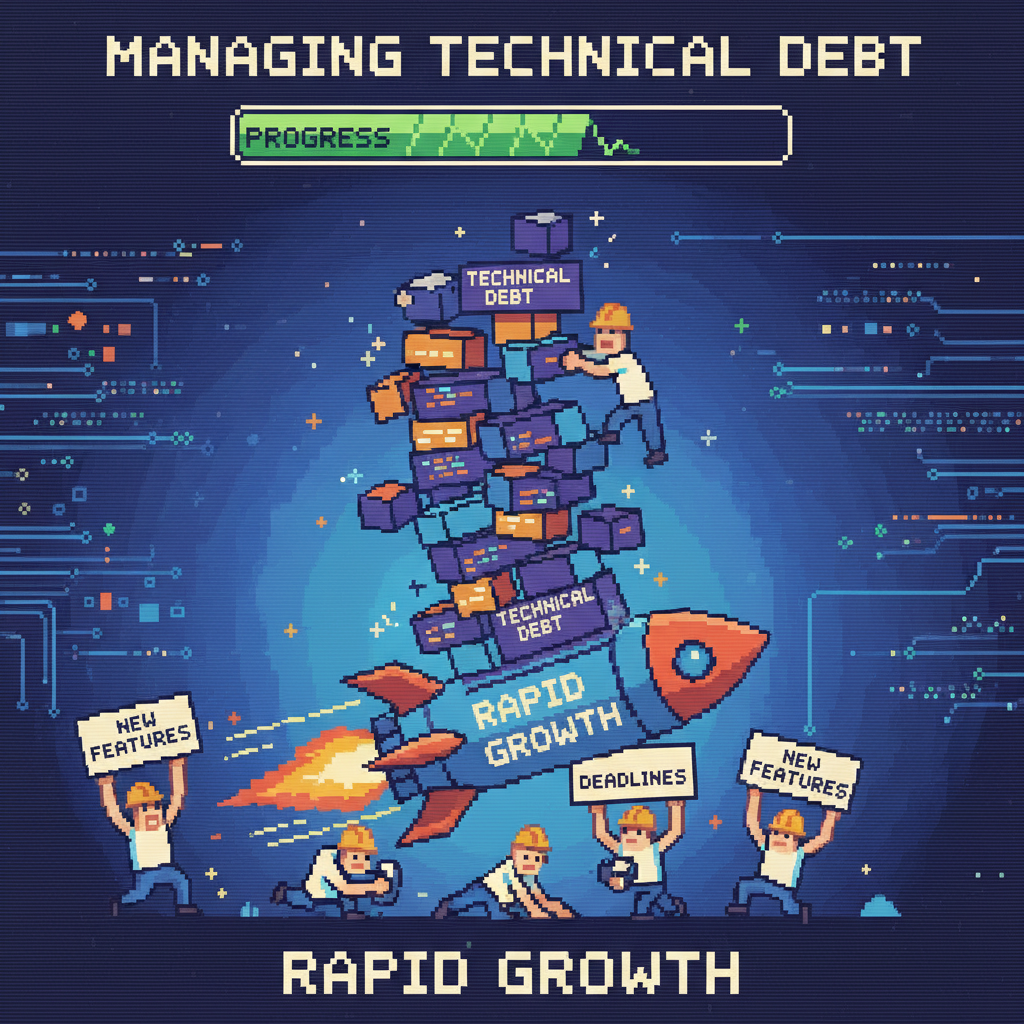
How to manage technical debt in a fast growing environment
When you are scaling fast, the pressure to ship new features is constant. At first, it feels like everything is moving at an incredible pace. Then, almost without you noticing, things start to slow down. A change that should take a day now takes a week, hard to reproduce bugs start to become routine. This…
